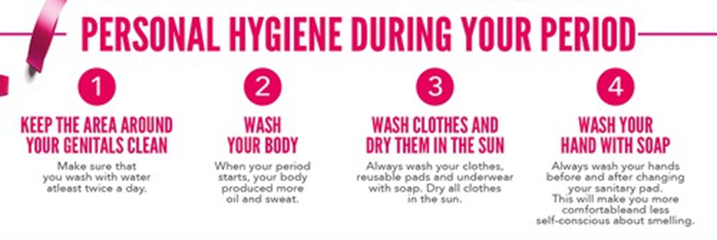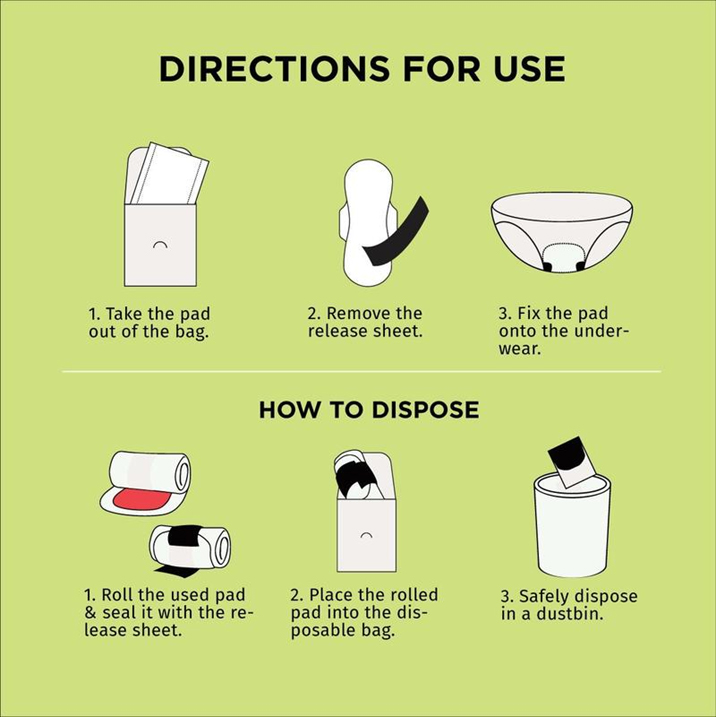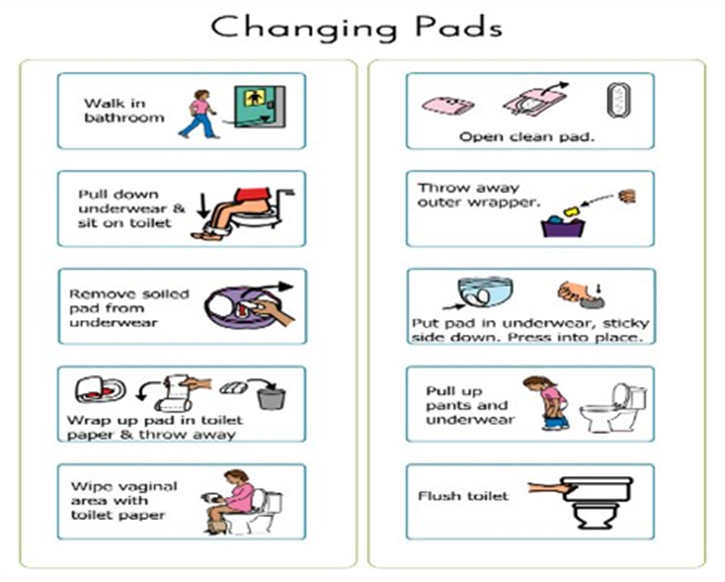Precautions-Menstrual Hygiene
- Change your sanitary napkin every 4-6 hours-
Changing sanitary napkins or tampons within every 4-6 hours is the cardinal rule to establish vaginal hygiene. Menstrual blood, when released from the body attracts various organisms from our bodies, which multiply in the warmth of the blood, and cause irritation, rashes or urinary tract infections. Changing your sanitary napkin or tampon regularly curbs the growth of these organisms and prevents infections.
- Wash yourself properly-
Washing your vagina regularly is extremely important, because the organisms cling to your body after you have removed your sanitary napkin. Most people wash themselves regularly, but not the right way--which is, using your hands in motion from the vagina to the anus, not vice-versa. Motioning your hand from the anus to the vagina can lead to the transmission of the bacteria from the anus into the vagina or urethra opening leading to infections.
- Don't use soaps or vagina hygiene products-
While using vaginal hygiene products everyday is a good idea, using these products during menses can turn things around. Vaginas have their own cleaning mechanism which comes into play during menstrual cycles, and these artificial hygiene products can hamper the natural process leading to infections and growth of bacteria.
- Discard the sanitary napkin properly-
Disposing off your tampons and sanitary napkins properly is an important step. Wrap them properly before you throw them away, so the bacteria and infections do not spread. Make sure you don't flush them, since that will block the toilet causing the water to back up, spreading the bacteria all over it. Washing your hands properly is of utmost importance after you have wrapped and discarded the used tampons and sanitary napkins, since you're likely to touch the stained area while wrapping them.
- Stick to one method of sanitation-
Women tend to use tampons and sanitary napkins, or two sanitary napkins simultaneously during heavy flow which is an efficient technique. While it may keep you dry and prevent stained clothes, it can cause infections too. The combination of two techniques absorbs the blood making us oblivious to the need to change our tampons and sanitary napkins. Without frequent change, the accumulated blood invites bacteria and causes infections. So, it is advisable to use one sanitary napkin and change it as frequently as you can during heavy flow. These cardinal rules will help you stay healthy and manage your period better.

Sanitary Pads-Conventional Design
There are four basic components of a sanitary napkin: 
- Fluid Acquiring Layer
- Distribution Layer
- Absorbing Layer
- Back Layer
Fluid Acquiring Layer: This layer is a perforated film which allows liquid to pass through it quickly into the absorbent structure and stays dry. It thus reduces the chance of leakage.
Distribution Layer: This spreads out the fluid, for increasing the retention of fluid.
Absorbing Layer: This is the main layer to absorb body fluid and retain it for a long period of time and avoid back flow under pressure.
Back Layer: This is the last layer to work as a barrier to prevent fluid from leaking.


How to dispose Napkins?
- Napkins should not be thrown into the toilets particularly the water closet.
- It is bettre to keep a dust bin in the corner of the toilet. Wash the soiled napkins and squeeze dry. Keep old newspapers/waste paper ready to wrap the washed napkin. Drop it in the bin. You can dispose the contents of the bin after your cycle bleed is over or daily.
- In case there is no disposal mechanism prevalent in your locality, see about disposing it within your backyard itself either by sanitary pit (burial) or incineration (burning).



